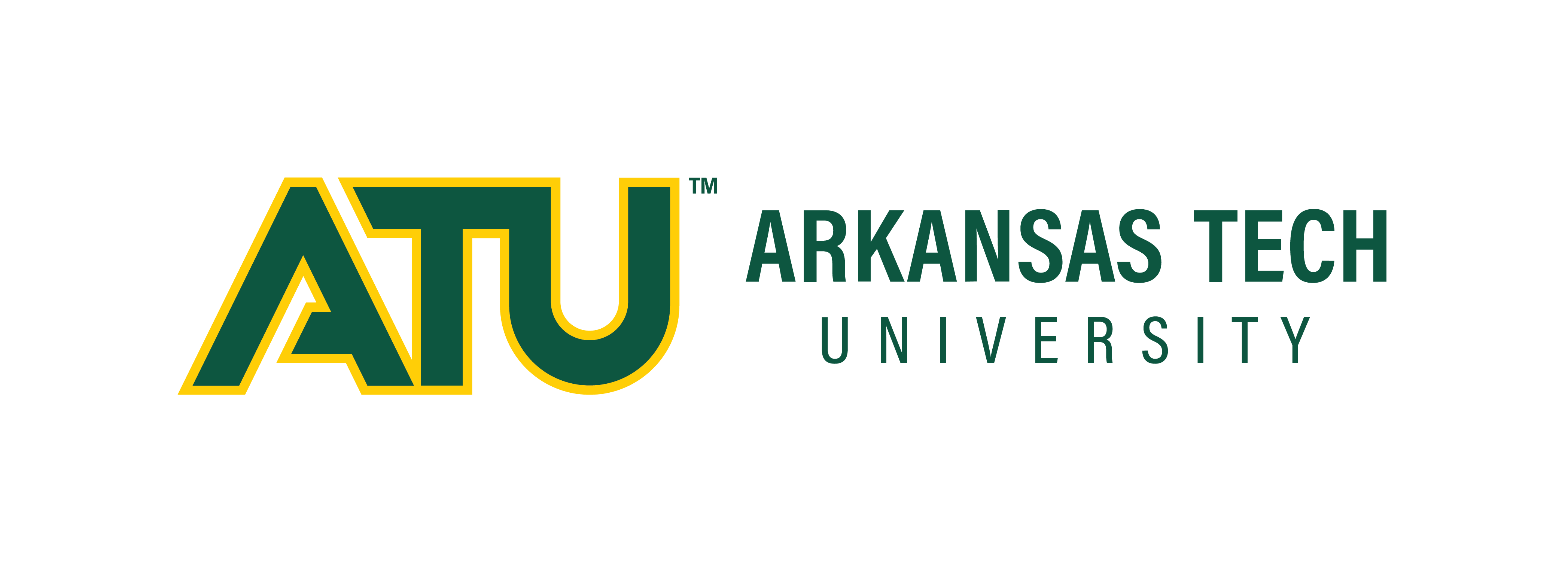Program Type
Undergraduate
Faculty Advisor
Dr. Tatum Simms
Document Type
Poster
Location
Face-to-face
Start Date
18-4-2024 2:00 PM
Abstract
Swine health is critical to maintaining a profitable and productive swine operation. Biosecurity and sanitation are important practices that help maintain herd health. This study aimed to discover how biosecurity protocols and management practices differ between swine operations of different sizes. With diseases such as Porcine Reproductive and Respiratory Syndrome Virus (PRRSV), Brucellosis, and Porcine Circovirus type 2 (PCV2) being common in the swine industry, a strong biosecurity protocol protects swine farmers from financial losses associated with disease outbreaks. In 2004 alone, the estimated financial loss to PRRSV was over $761 million. Data concerning biosecurity and sanitation was collected from three swine farms in Arkansas via interviews. The farms were selected for this study based on their sow population, location in Arkansas, and their willingness to disclose information about their management practices. A comparative analysis was used to understand how each operation implemented biosecurity and sanitation practices and what key differences could be found. The collected data revealed that no differences (p > 0.05) in disease outbreaks existed among the farms surveyed although they have different biosecurity features. A key biosecurity feature that contributed to this result was that all three farms were isolated from other swine operations and did not allow farm laborers to work with swine outside of the operation. Varying levels of biosecurity enforcement existed among the three operations, but it is evident that a biosecurity protocol not only protects the swine within the operation but also the health and finances of farm owners and their staff.
Recommended Citation
Lemley, Lindsey; Rogers, Lilly; and Calhoun, Austin, "Evaluating the Importance of Biosecurity in Swine Operations" (2024). ATU Student Research Symposium. 49.
https://orc.library.atu.edu/atu_rs/2024/2024/49
Evaluating the Importance of Biosecurity in Swine Operations
Face-to-face
Swine health is critical to maintaining a profitable and productive swine operation. Biosecurity and sanitation are important practices that help maintain herd health. This study aimed to discover how biosecurity protocols and management practices differ between swine operations of different sizes. With diseases such as Porcine Reproductive and Respiratory Syndrome Virus (PRRSV), Brucellosis, and Porcine Circovirus type 2 (PCV2) being common in the swine industry, a strong biosecurity protocol protects swine farmers from financial losses associated with disease outbreaks. In 2004 alone, the estimated financial loss to PRRSV was over $761 million. Data concerning biosecurity and sanitation was collected from three swine farms in Arkansas via interviews. The farms were selected for this study based on their sow population, location in Arkansas, and their willingness to disclose information about their management practices. A comparative analysis was used to understand how each operation implemented biosecurity and sanitation practices and what key differences could be found. The collected data revealed that no differences (p > 0.05) in disease outbreaks existed among the farms surveyed although they have different biosecurity features. A key biosecurity feature that contributed to this result was that all three farms were isolated from other swine operations and did not allow farm laborers to work with swine outside of the operation. Varying levels of biosecurity enforcement existed among the three operations, but it is evident that a biosecurity protocol not only protects the swine within the operation but also the health and finances of farm owners and their staff.



